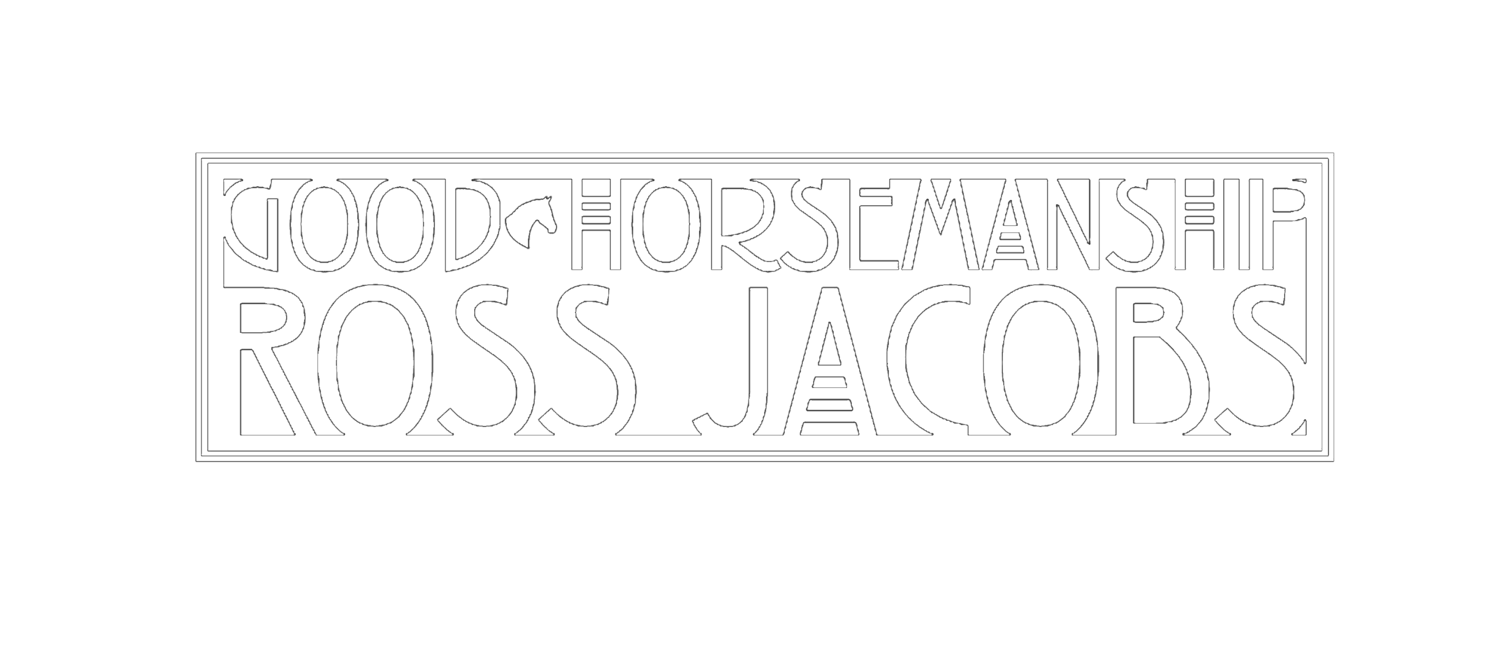WHAT IS TRAINING?
It was not so long ago that most horse people approached training horses with little interest or appreciation of how horses felt about the work. It’s not that the training was necessarily cruel, but the priority was placed on teaching a horse their job first and foremost. If a horse had a negative opinion about their job it was deemed disrespectful and the training was not good enough.
I am very pleased to see that nowadays more people are teaching the importance of taking their horse’s opinion into account during the training process. People are becoming more aware of their horse’s behavioural cues and giving them the importance they deserve. The master/slave relationship is something many people are no longer seeking.
However, I am noticing a trend that bothers me a little. Several trainers and their followers are pushing the idea that when a horse says ‘No’ to an idea, “No” then means “No”.
I strongly disagree with this. When a horse says “No,” it shouldn’t mean the discussion is over, and we should wait until the horse is ready to discuss the subject again. It should mean, “Let’s talk about it and see if I can get my horse to change its mind.” It does not mean that we acquiesce and tell our horse, “Okay.” Then go in the house and make a cup of tea for a job well done because we did not impose any stress on our horse.
Let’s be clear about what training is.
Training is the art of turning a “No” into a “Yes”. The role of training is to change a horse’s idea from one we don’t want to an idea we do want. Training is not us going along with a horse’s idea if it is not the idea we want. Likewise, training is not making a horse do something that it doesn’t want to do.
So in essence, training is changing a horse’s idea so that the horse and the human share the same idea. We both think it is a good idea. I can’t emphasise enough that the job of training is to change a horse’s idea. Without a change of thought, nothing is learned by the horse.
If a horse says “No” and we go along with it we are not training. We are not teaching the horse that we can direct their thought. We are not teaching the horse that our ideas are worthy of consideration. We are not teaching the horse anything more than we are a follower. But if we teach the horse that changing its “No” to a “Yes” is a good idea, we are then training and proving we are worthy of our horse’s trust and confidence.
I recently watched a video of somebody trying to bridle their horse. The horse displayed several evasion strategies and was clearly of the opinion it didn’t want to be bridled. A comment was made that the person was not listening to the horse and that they should have tried a bitless bridle. Firstly, it was not obvious that the horse’s concern was regarding the bit. The problem may have stemmed from other causes. But aside from that if I had been working the horse I might have tried a different strategy to make it easier for the horse to accept the bridle. Maybe a bitless bridle to begin with. Maybe teaching it to follow a feel better on the halter. Maybe something else. I would have worked towards changing the horse’s thoughts and ill feelings about being bridled. I would not simply accept that the horse did not want to be bridled and should respect that. As a trainer with the responsibility to help the horse, I would try to figure out the cause of the problem, figure out the solution to the problem, and change the horse’s opinion about being bridled.
What I wouldn’t do is leave the horse feeling troubled about bridling and respect its “No” as the final word.
It is my view that every time I come across a horse with a “No” response to a question I ask, I have a responsibility to transition it to a “Yes”. It may be something important, like accepting a rider on its back or turning left when we apply a feel to the left rein. Or maybe something trivial, such as loading into a trailer backward or riding while carrying an umbrella. Whenever my horse says “No” it is an opportunity to build our relationship by helping it learn that my ideas always work out for the best. We should view every "No" response our horse gives us as an opportunity strengthen our partnership
We must listen when our horse says “No”. But it is equally important that we work at turning the “No” into a “Yes” by changing their idea for the better. To do any less is not training.
This horse definitely has a “No” response to following my feel while I carry the umbrella

